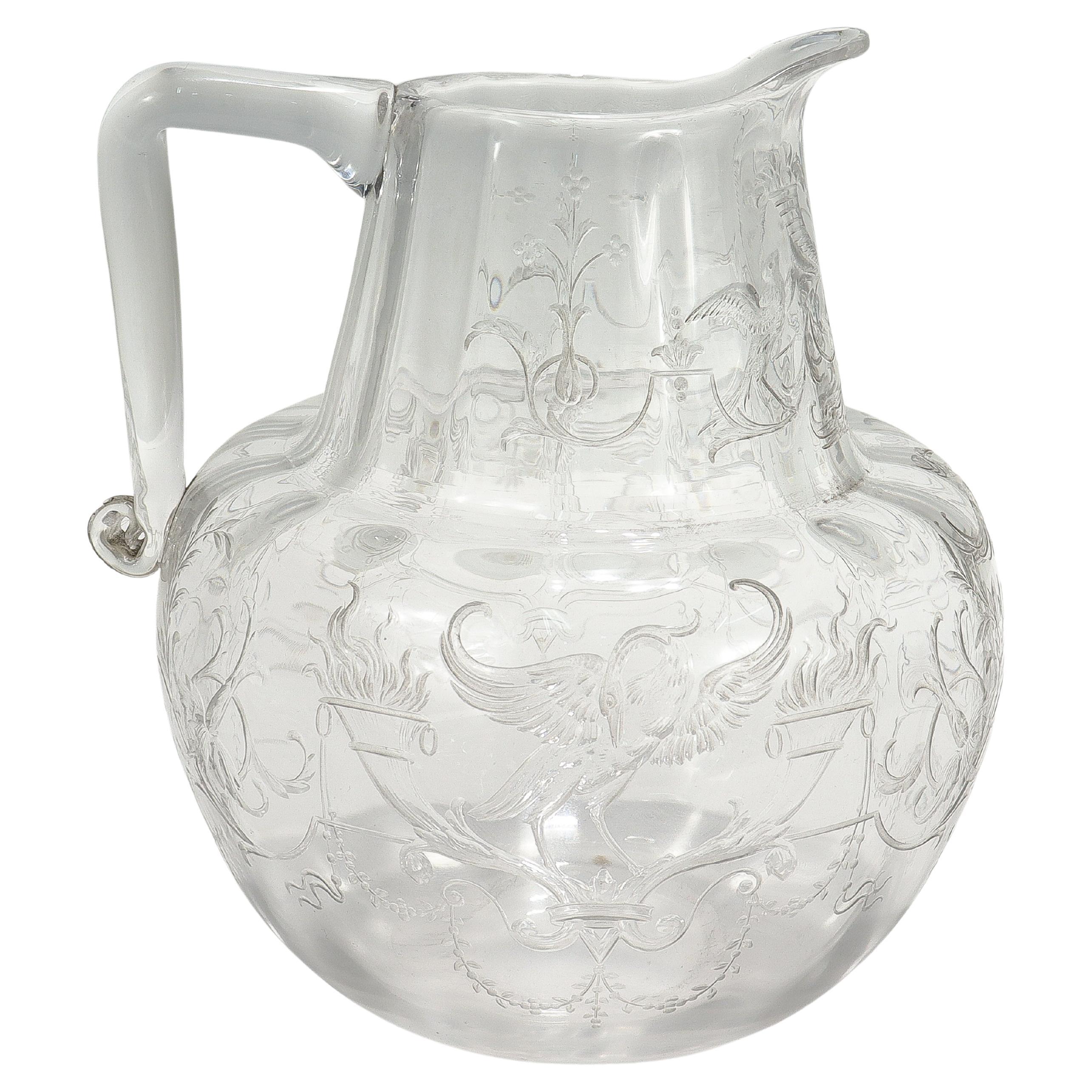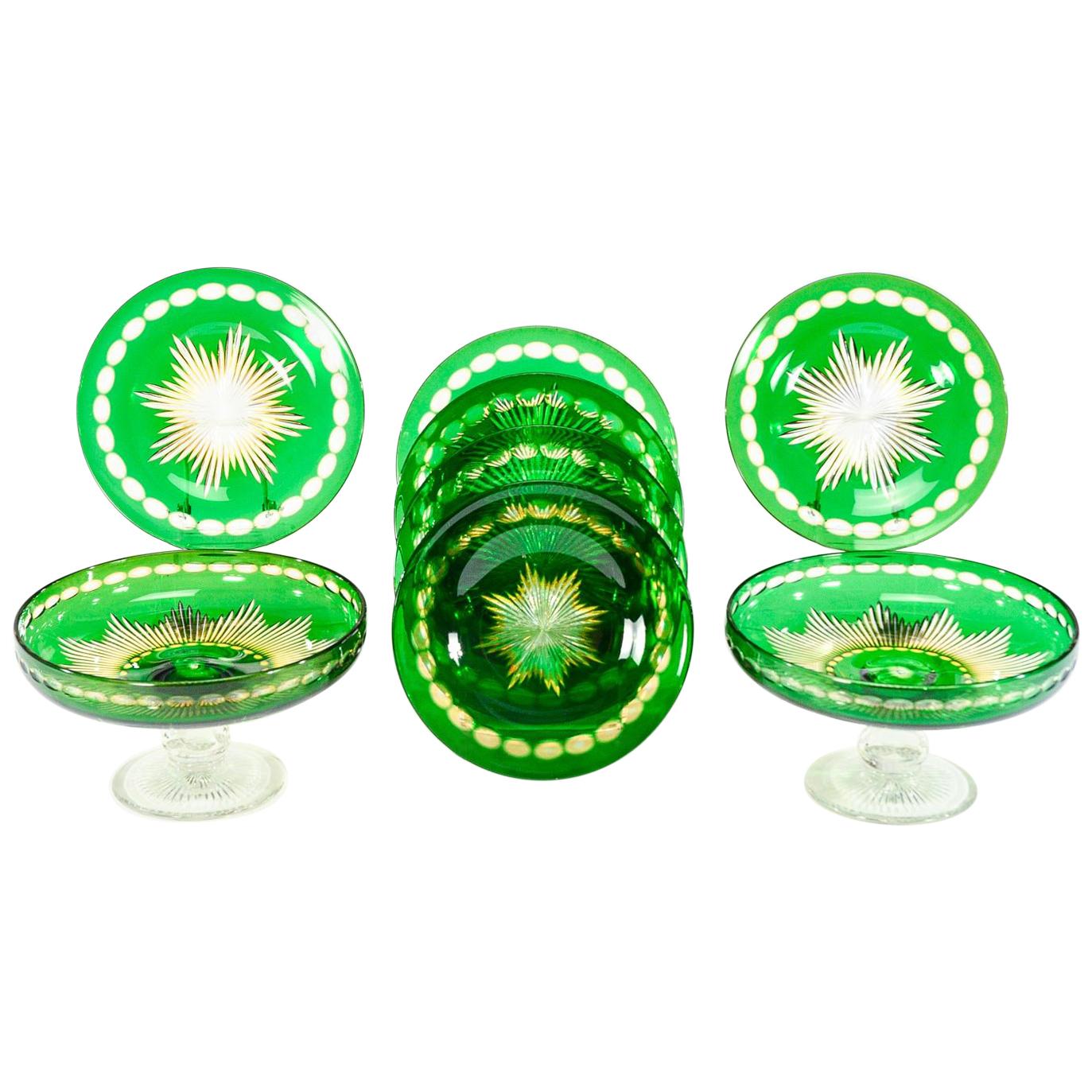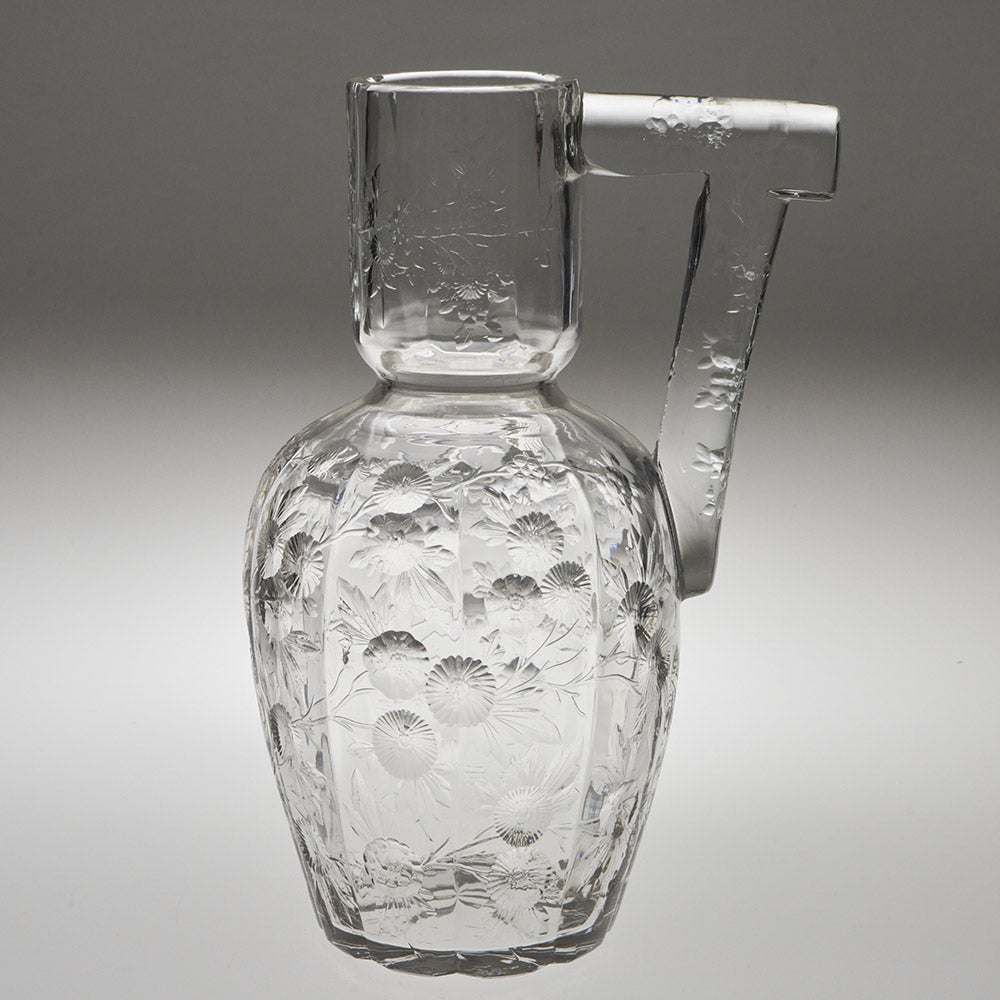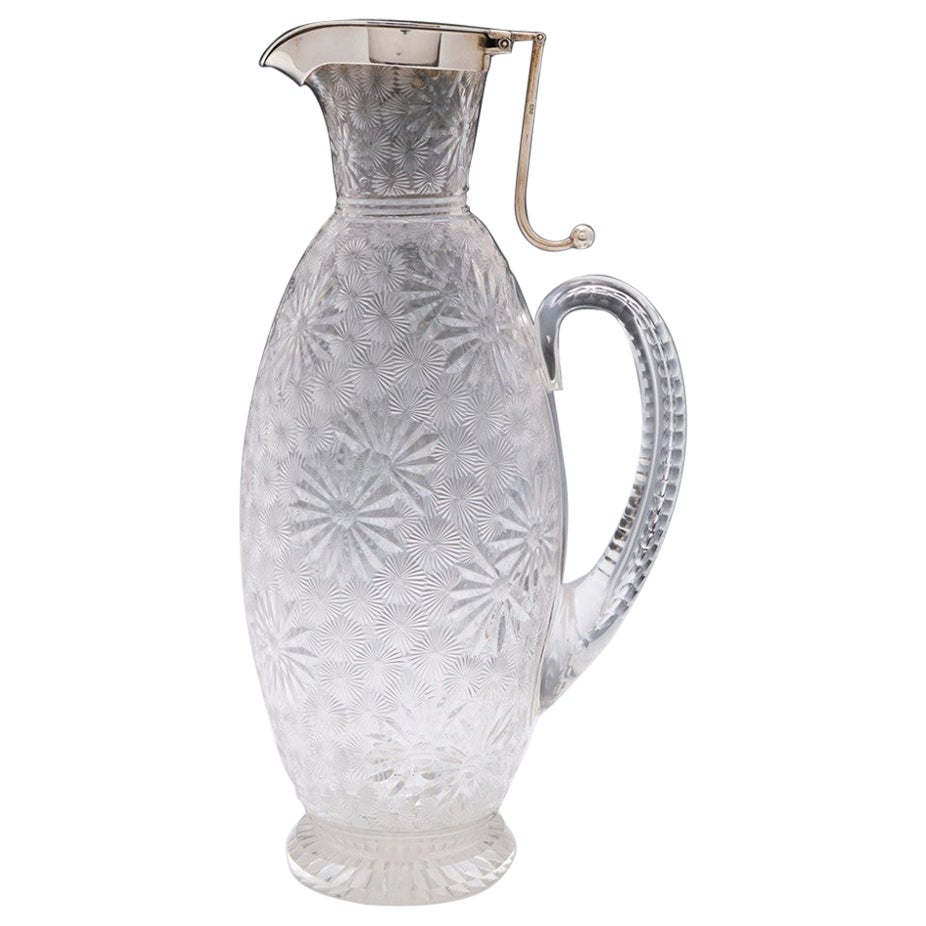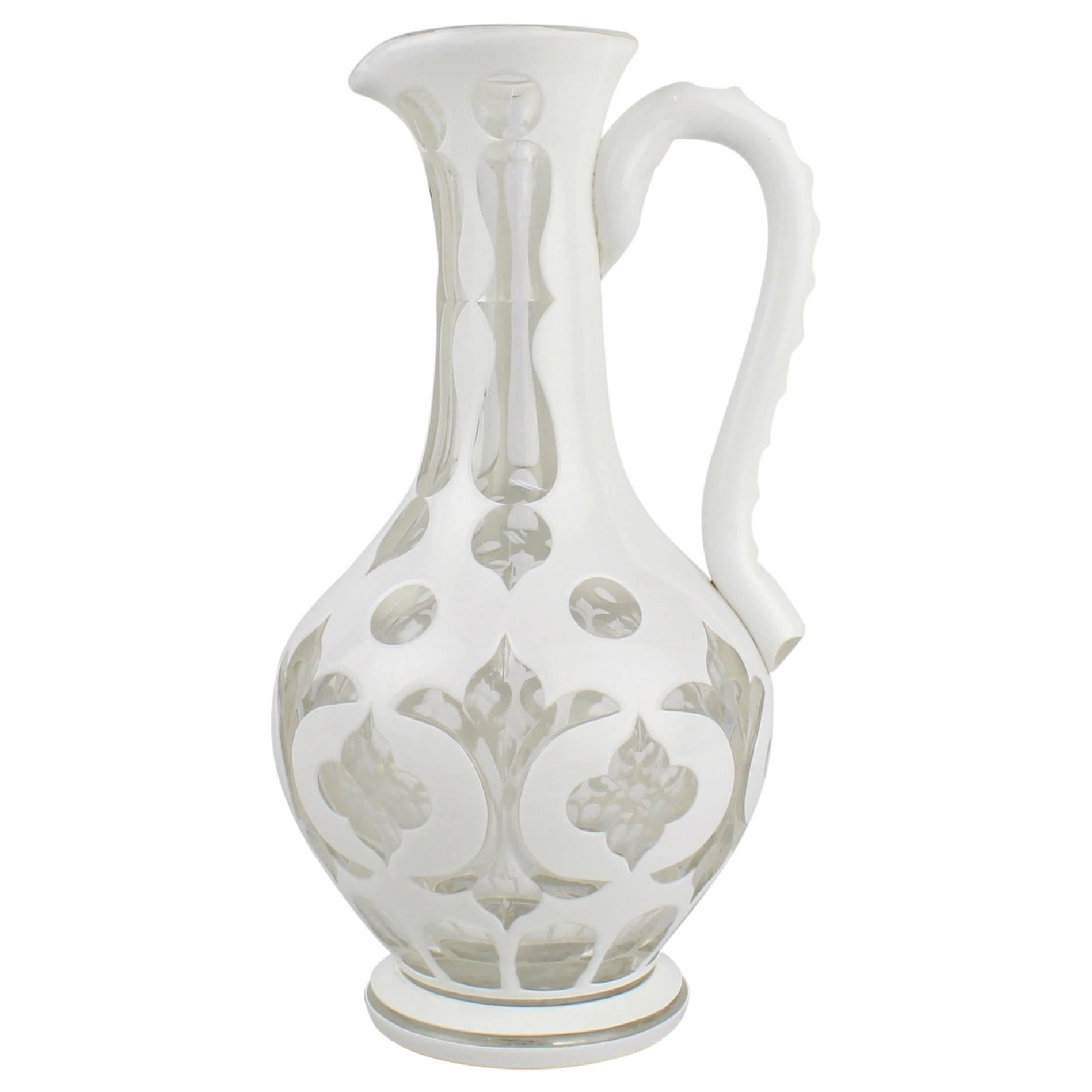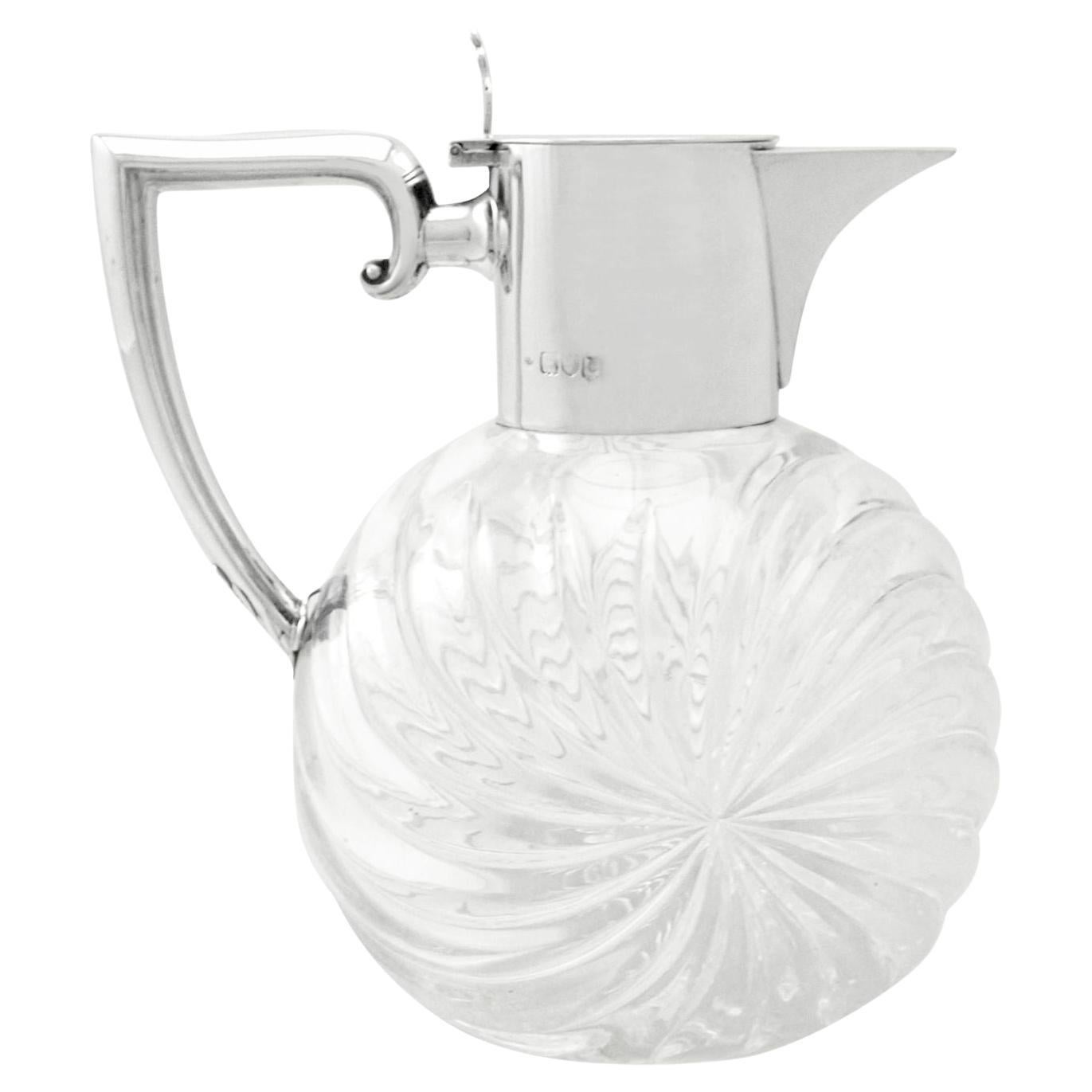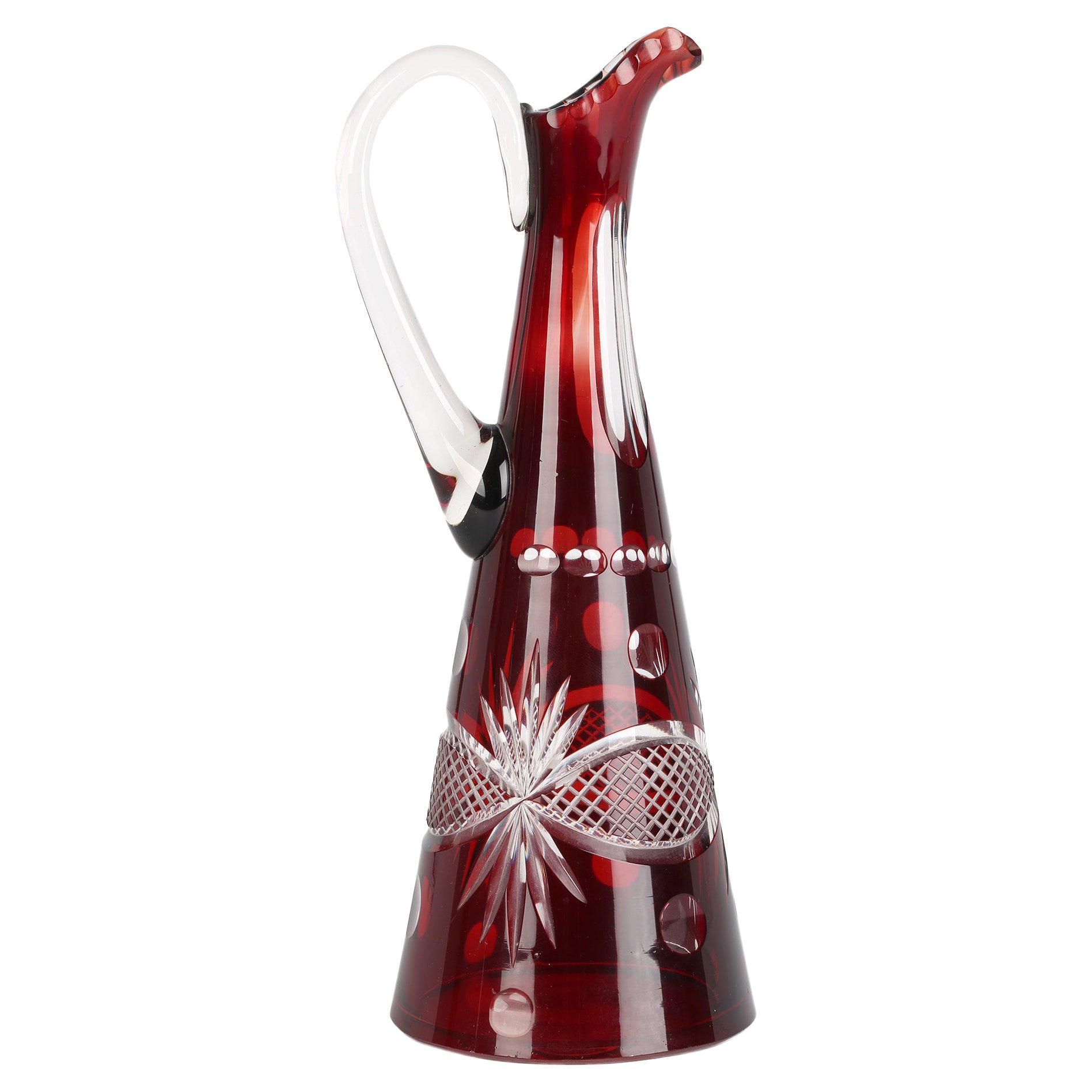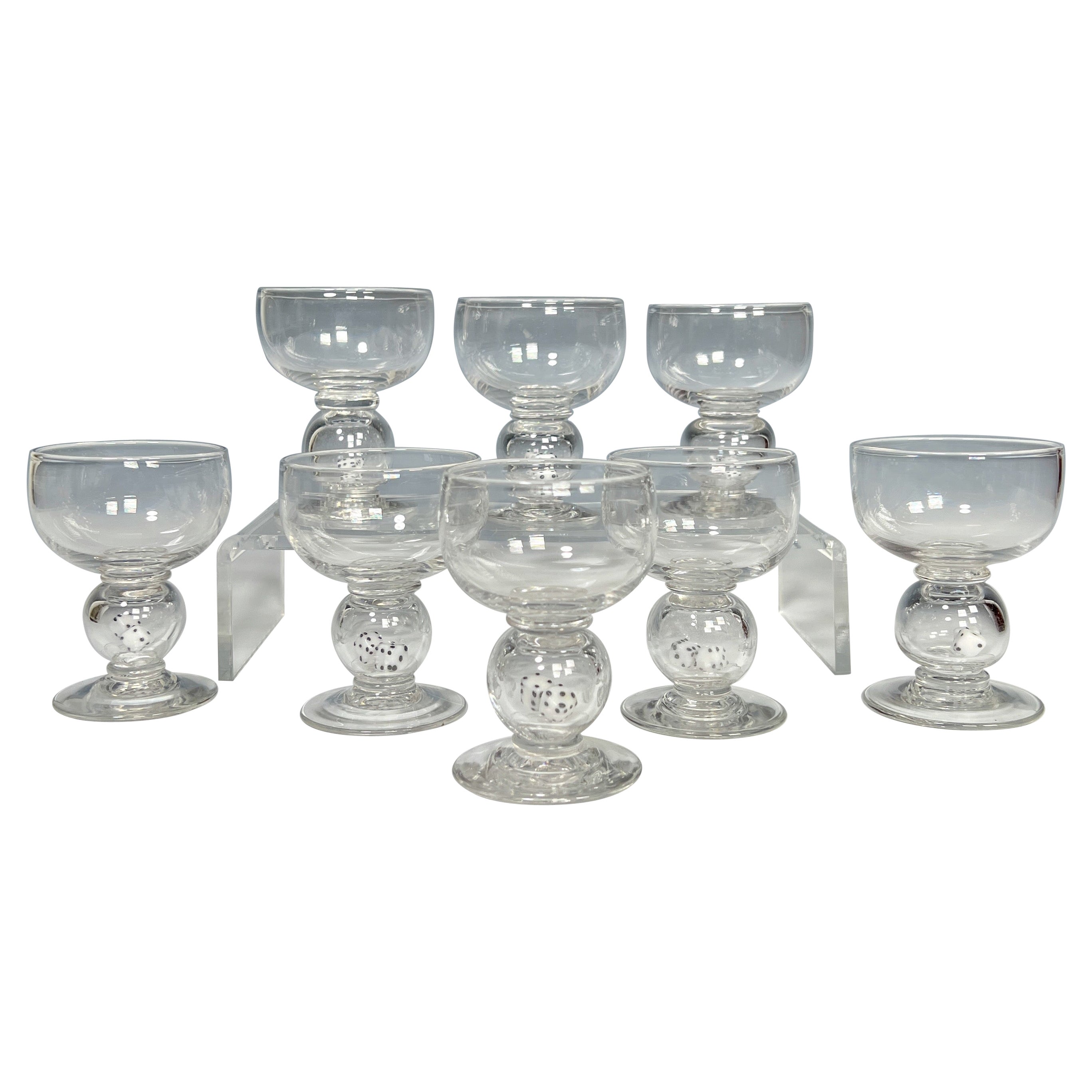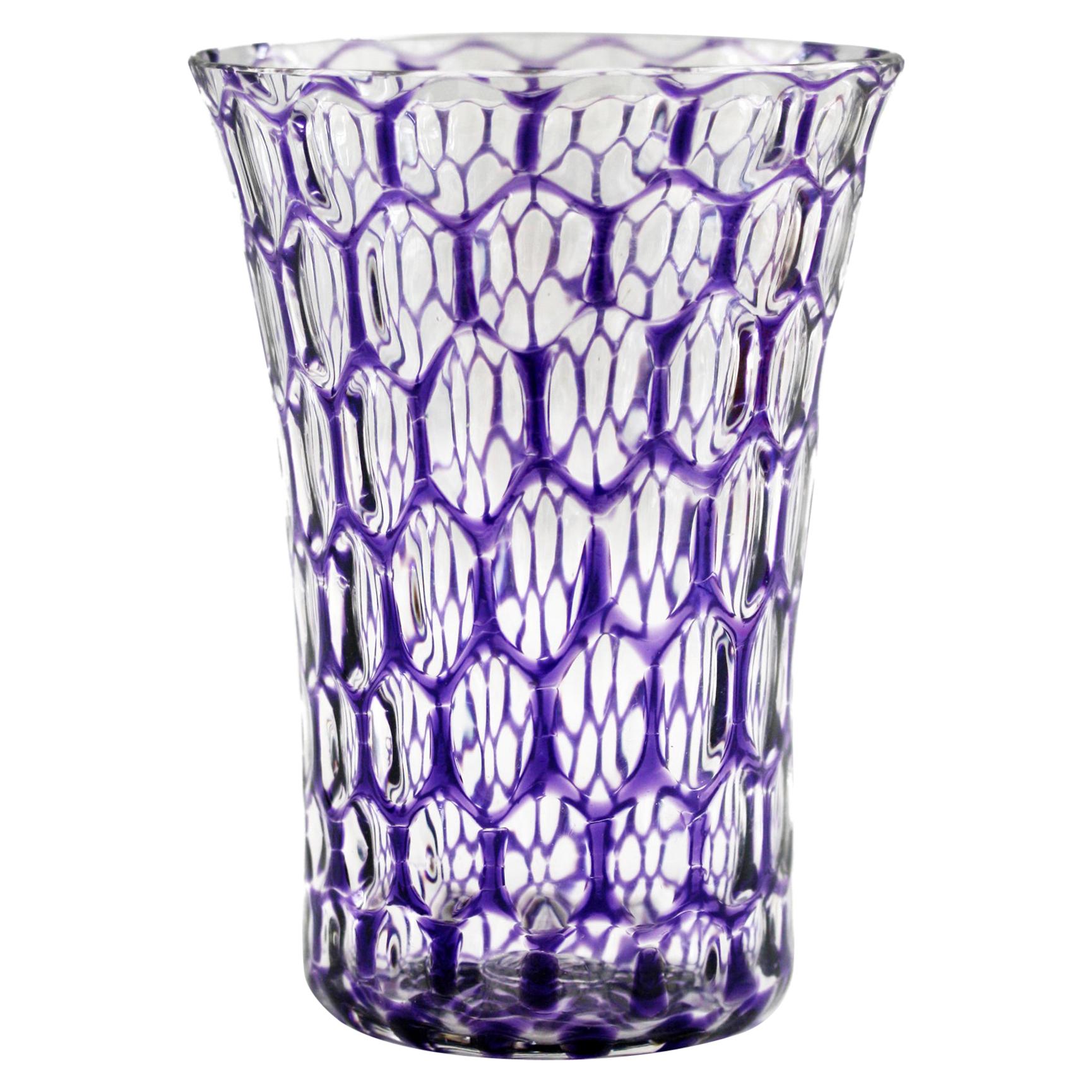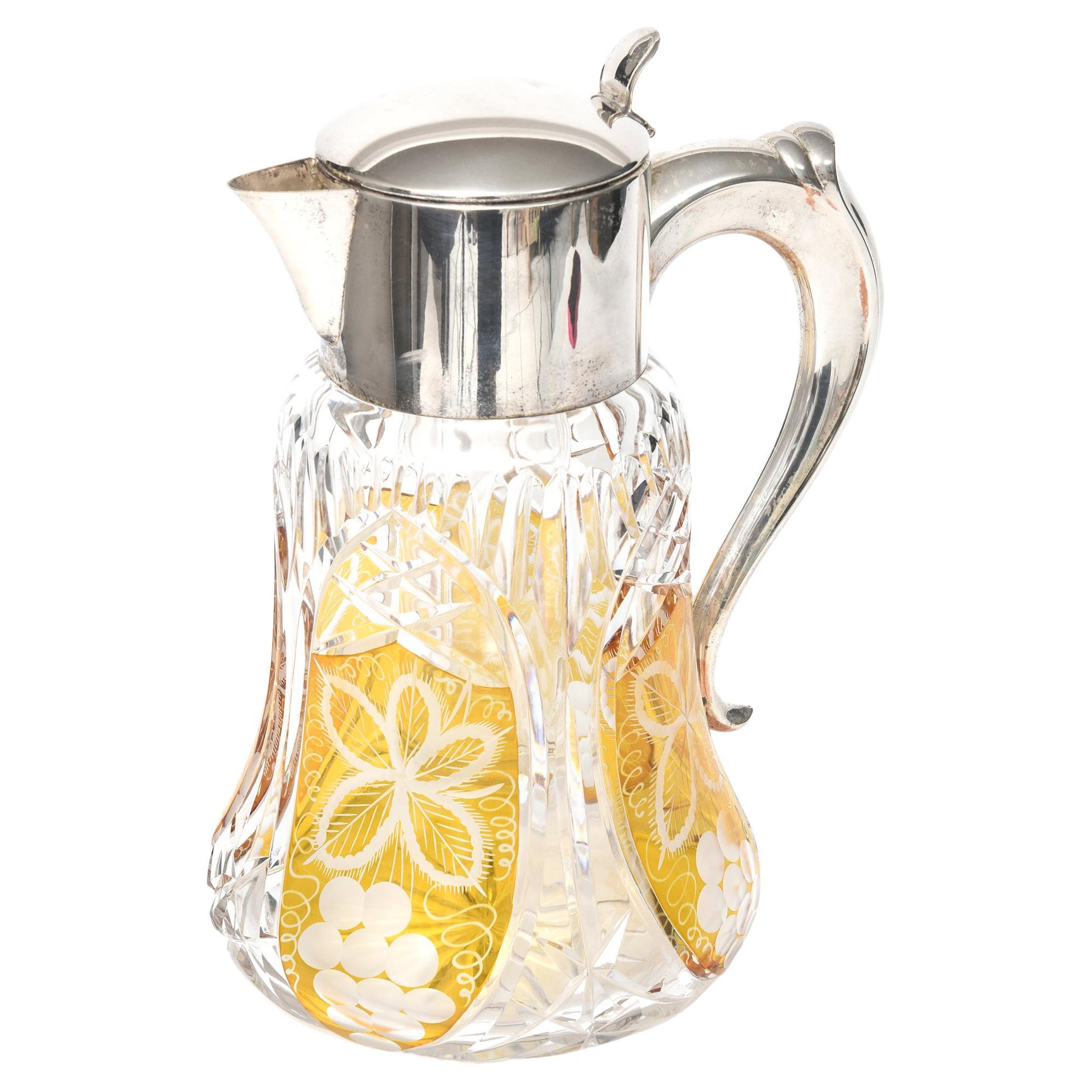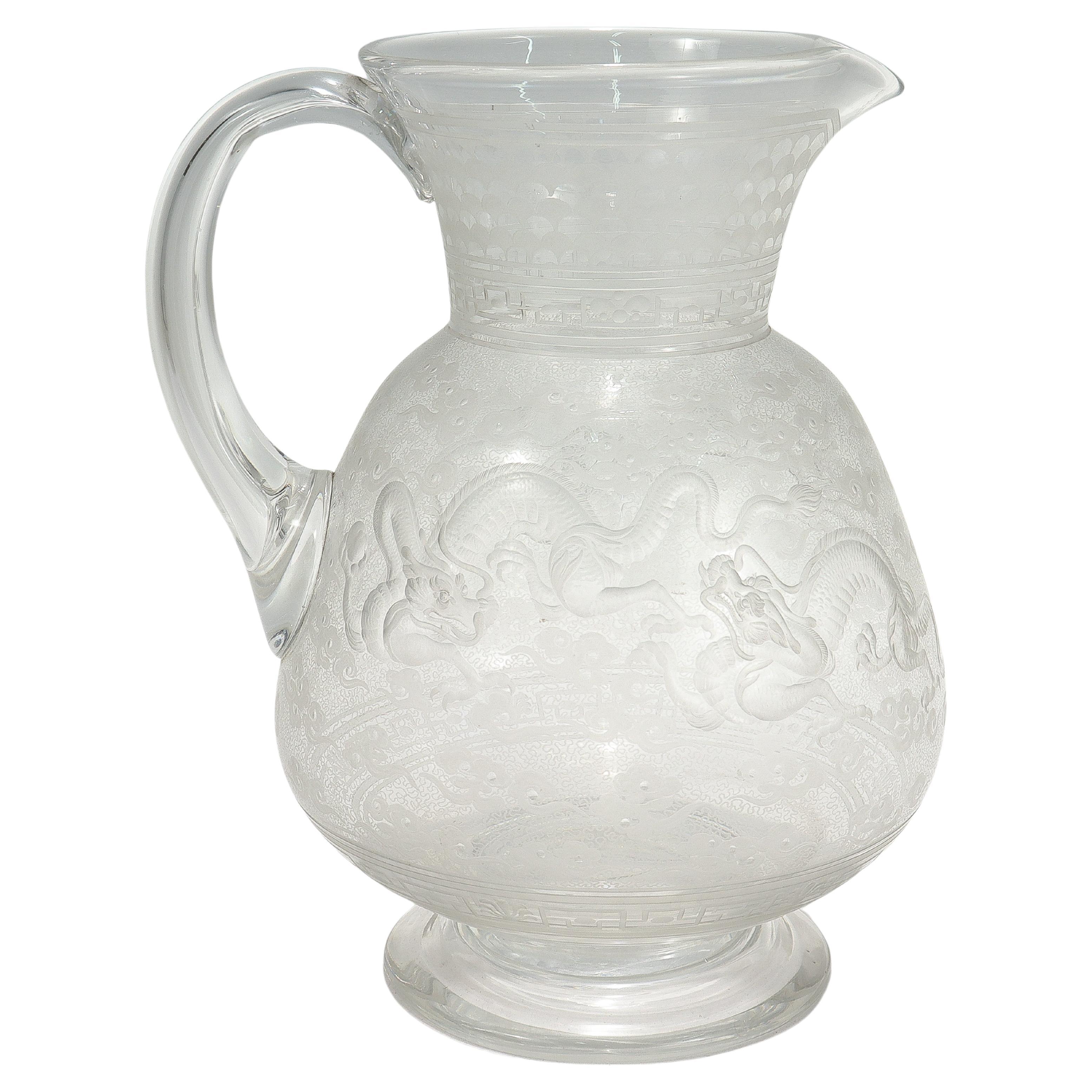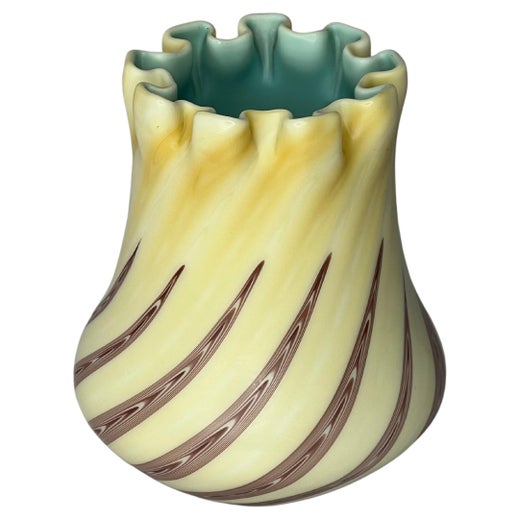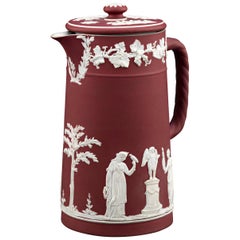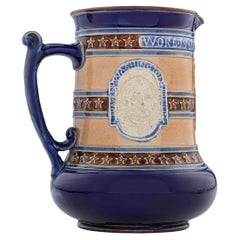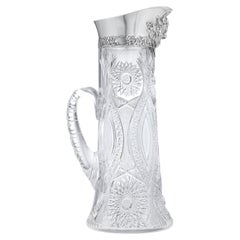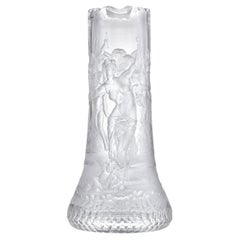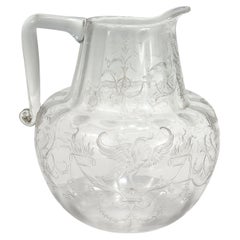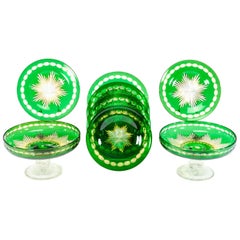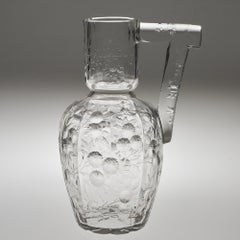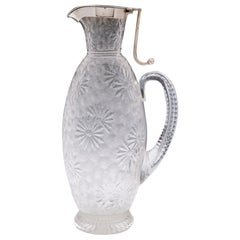
Stevens & Williams Butterscotch Cut to Clear Jug
View Similar Items
Stevens & Williams Butterscotch Cut to Clear Jug
About the Item
- Creator:Stevens & Williams (Maker)
- Dimensions:Height: 12.63 in (32.09 cm)Width: 6.63 in (16.85 cm)Depth: 5.63 in (14.31 cm)
- Materials and Techniques:
- Place of Origin:
- Period:
- Date of Manufacture:circa 1897
- Condition:
- Seller Location:New Orleans, LA
- Reference Number:Seller: 31-66361stDibs: LU891133733972
Stevens & Williams
Acclaimed for exceptional and exquisite decorative glass vases, crystal serveware and other ornamental objets d’art, glassmaker Stevens & Williams was at the forefront of British glass design from the 19th to early 20th centuries.
Though the company began to take shape in 1776, Stevens & Williams Ltd. was formally established in 1847 in Brierley Hill in the West Midlands of England by entrepreneurs William Stevens and Samuel Cox Williams. During this period and into the late 19th century, demand was high for attractive, mass-produced glass, with imports providing strong competition for British glassmakers. Determined to produce glass products that were “a cut above the rest,” Stevens & Williams focused on creating unique and innovative glassware of unparalleled quality.
Led by master glassmaker John Northwood, Stevens & Williams became known in the 1870s for its hallmark colored glass. In 1880, the company garnered more attention when Northwood encouraged 17-year-old Frederick Carder to join the firm as a draftsman and designer. Despite Carder’s young age, Northwood recognized his prodigious talent for cameo work, engraving, cutting and intaglio, skills which would contribute to some of Stevens & Williams’ most beautiful glass and crystal pieces.
Toward the turn of the century, Stevens & Williams expanded from a traditional Victorian style to include elements of Japonisme and Art Nouveau, styles that particularly influenced Carder.
Northwood continued to work for the company until his death in 1902. A year later, Carder left for the United States, where he became famous for cofounding Steuben Glass Works in Corning, New York.
Stevens & Williams had considerable success in the early 20th century. In 1919, King George V awarded the firm its first Royal Warrant. In the 1930s, it was renowned for its Art Deco-style centerpieces, barware and other glass pieces. Stevens & Williams continued production until 1967. In 1968, the company’s name was changed to Royal Brierley Crystal.
Today, Stevens & Williams’ legacy lives on as one of England’s most revered glassmakers. Glass and crystal bearing the Stevens & Williams mark continue to be highly prized by collectors around the world.
On 1stDibs, discover a range of antique and vintage Stevens & Williams decanters, serveware and glass and decorative objects.
More From This Seller
View AllAntique Late 19th Century English Neoclassical Ceramics
Ceramic, Pottery
Antique 19th Century English Pitchers
Pottery, Stoneware
20th Century American Other Pitchers
Silver
20th Century American Other Pitchers
Cut Glass
Antique 19th Century American Other Glass
Sterling Silver
20th Century American Other Glass
Sterling Silver
You May Also Like
Antique Late 19th Century English Late Victorian Pitchers
Glass, Cut Glass
Vintage 1910s English Art Deco Centerpieces
Crystal
Antique Early 1900s British Late Victorian Glass
Glass
Antique 1890s British Victorian Glass
Blown Glass
Antique 19th Century Czech Belle Époque Glass
Cut Glass
Antique 1890s English Victorian Pitchers
Sterling Silver
Recently Viewed
View AllRead More
Paul Revere Crafted This Silver Coffee Pot 250 Years Ago
Perhaps best known as a Revolutionary War hero, Revere was also an accomplished silversmith, and this pot is now available on 1stDibs.
Degas Portrayed These Exuberant Ukrainian Dancers with ‘Orgies of Color’
Discovered in Parisian cabarets, the performers reenergized the artist’s practice.
